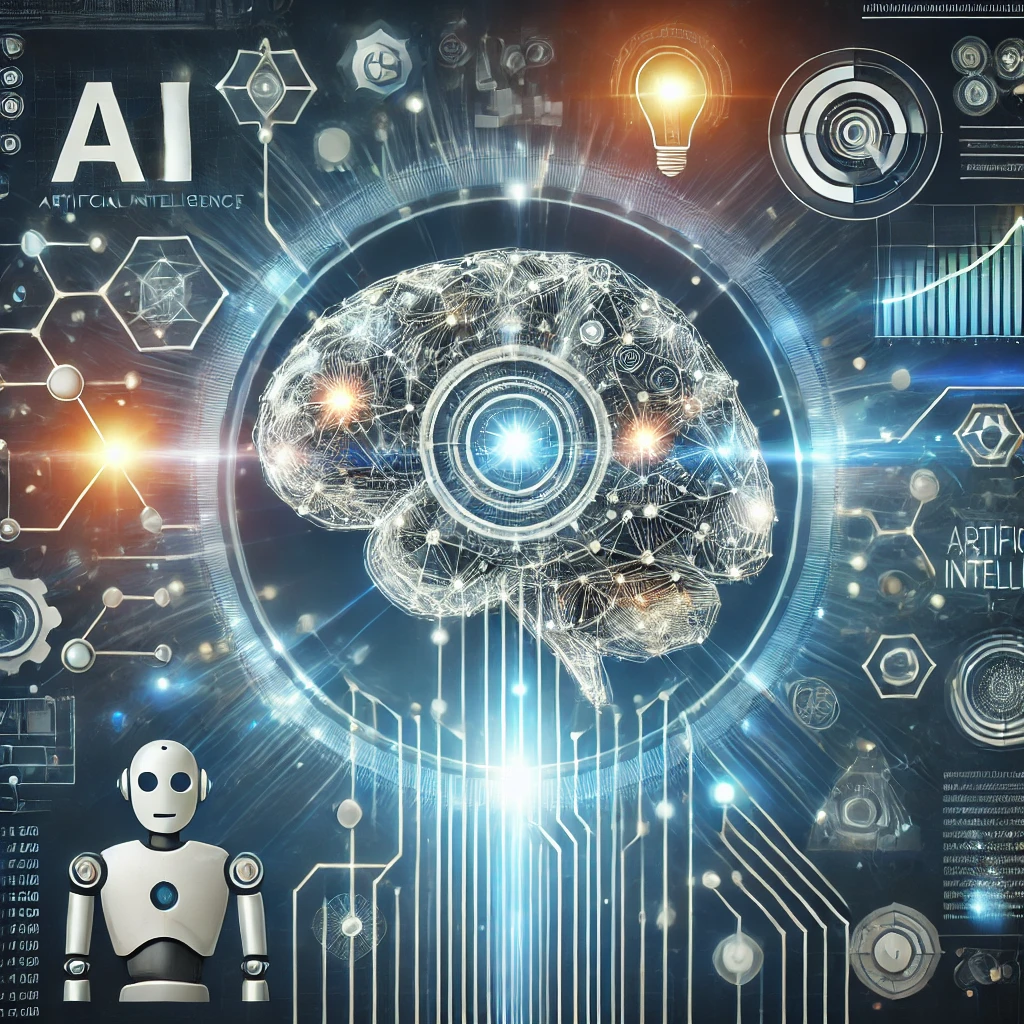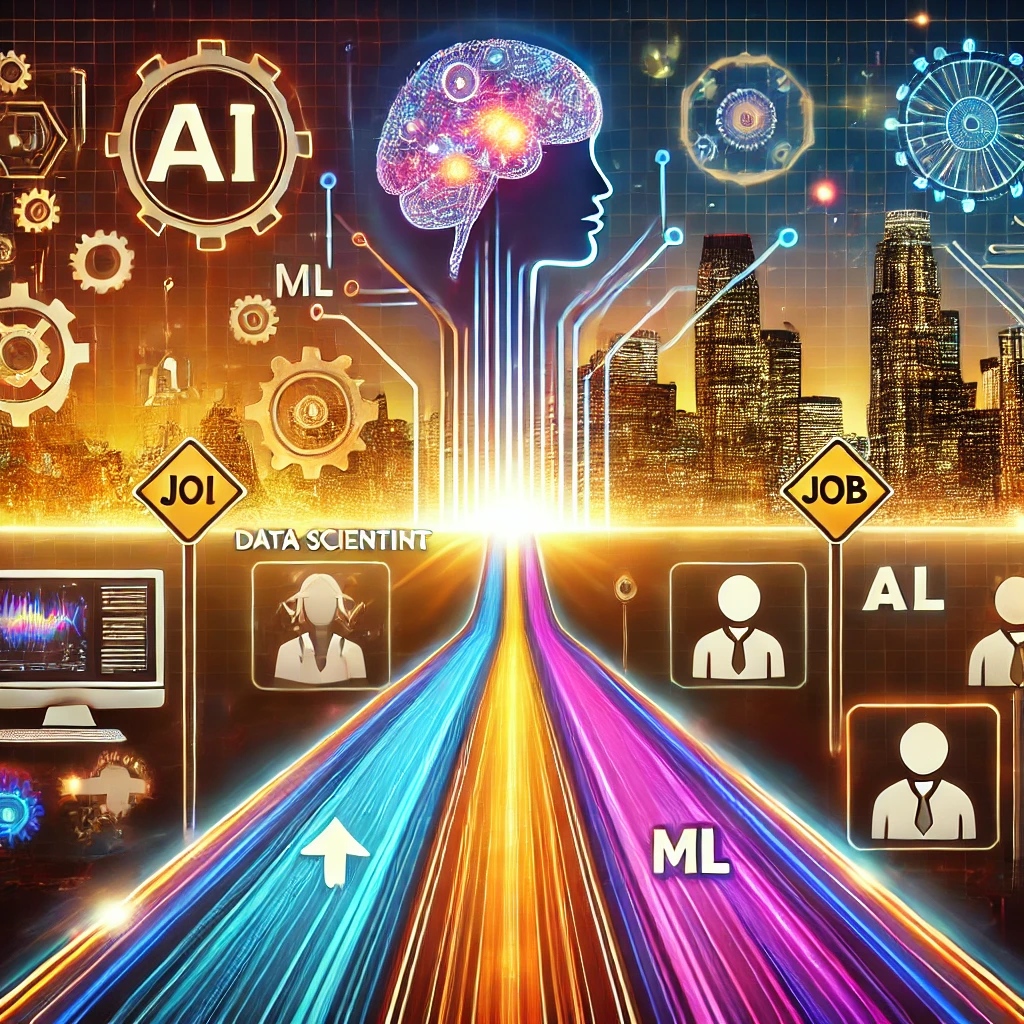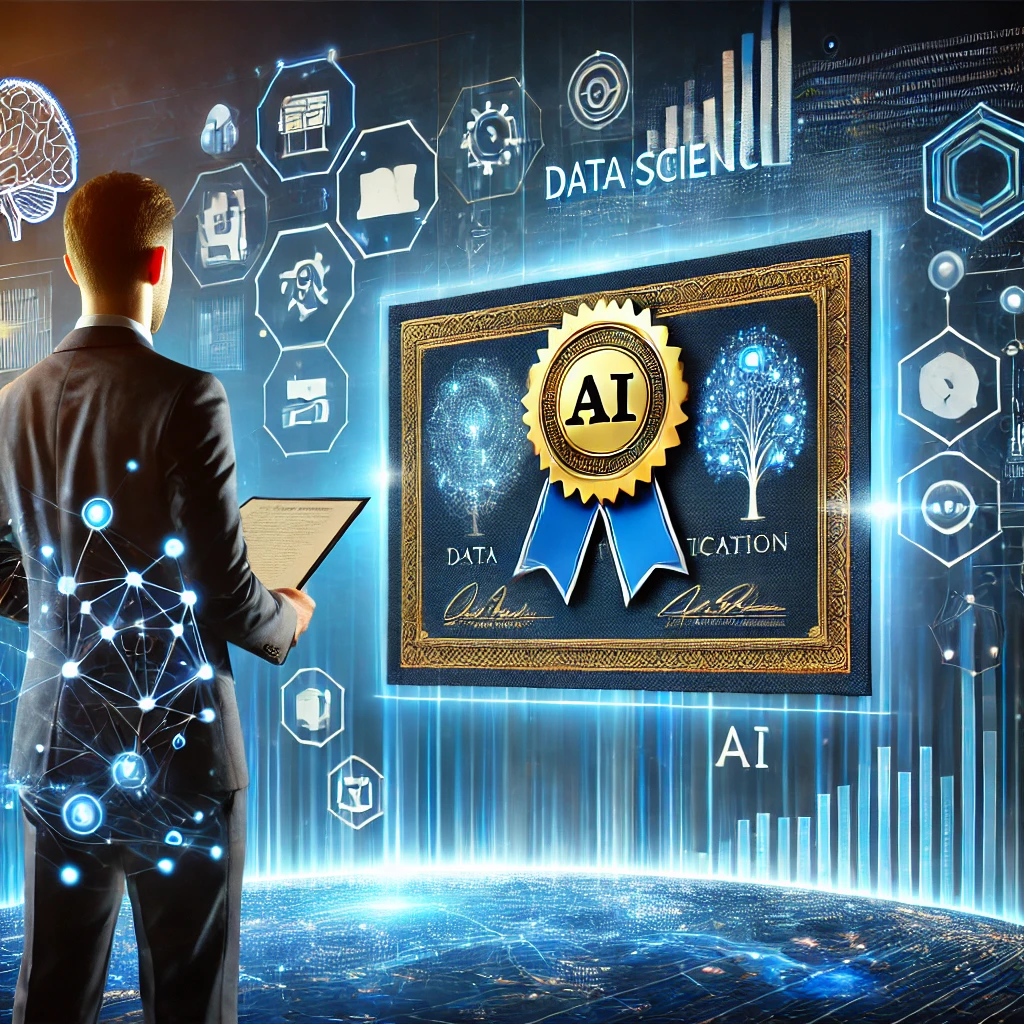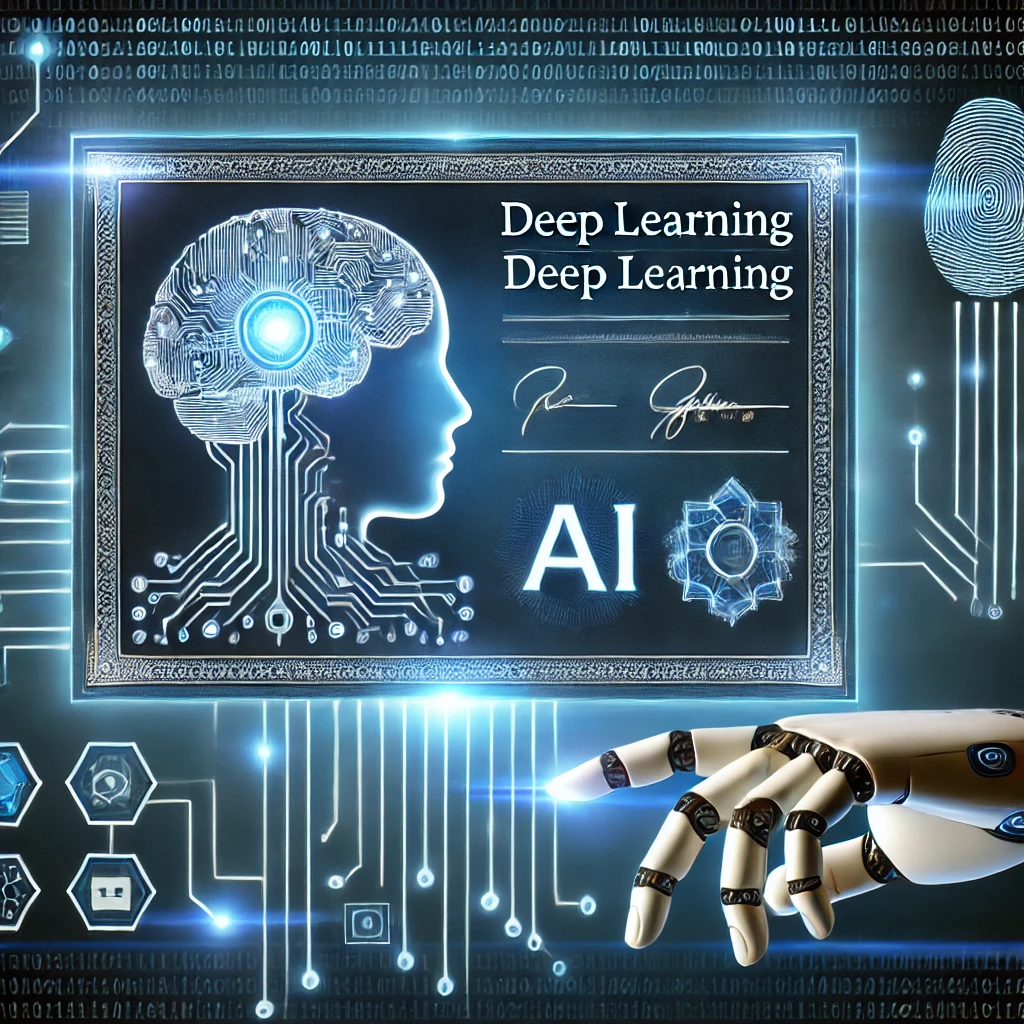Artificial Intelligence (AI) has moved from a futuristic concept to a transformative force shaping industries and daily life. At the core of this revolution are AI systems, which perform tasks that traditionally require human intelligence. From Chabots to predictive analytics, the scope of AI continues to grow, impacting fields like healthcare, education, and commerce. This article delves into the mechanics of AI and its applications, their various types, and their increasing relevance in the modern world.
Table of Contents
ToggleWhat Are AI and its Systems Examples?
Computer programs designed to simulate human intelligence by learning, reasoning, and problem-solving. These systems rely on complex algorithms and vast datasets to perform tasks with speed and precision.
- Examples of these include artificial general intelligence book, ai based odr system, virtual assistants, recommendation engines, and fraud detection tools.
- Their primary goal is to automate processes, enhance decision-making, and improve efficiency.
How Do AI Systems Work?
The attempts to create computers that think like humans and operate through a series of interconnected processes that mimic cognitive functions.
1. Data Collection and Processing
Systems integrated with AI that gather vast amounts of structured and unstructured data from sources like:
- Sensors
- Online databases
- Customer interactions
This data is then cleaned and organized for analysis.

2. Machine Learning Algorithms
Machine learning is the backbone of Data Science. Popular types of machine learning include:
- Supervised Learning: Models are trained on labeled datasets to predict outcomes.
- Unsupervised Learning: Patterns and relationships are identified in unlabeled data.
- Reinforcement Learning: Systems learn through trial and error, optimizing for rewards.
3. Decision-Making and Execution
Once trained, AI apps and systems make decisions based on predefined rules or learned behaviors. For instance:
- Self-driving cars decide when to accelerate or brake.
- Chatbots generate human-like responses to user queries.
Types of AI Portals and Systems
1. Reactive Machines
Reactive machines focus solely on current tasks and lack memory. Examples include Deep Blue, IBM’s chess-playing computer.
2. Limited Memory Systems
These systems store temporary data to improve decision-making. Self-driving cars, for instance, use past data to navigate roads efficiently.
3. Theory of Mind AI
Though still in development, this AI type aims to understand human emotions and social interactions.
4. Self-Aware AI
This is the most advanced form of AI, capable of self-consciousness. It remains theoretical but represents the ultimate goal for many AI researchers.
The Growing Importance of AI and its Impact
1. AI in Healthcare
- AI tools assist in diagnosing diseases with high accuracy.
- Tools like IBM Watson analyze medical records to recommend treatments.
2. AI in Finance
- AI enhances fraud detection by monitoring transactional patterns.
- Chatbots provide real-time customer support.
3. AI in Education
- Personalized learning platforms use AI in education to adapt content based on individual student needs.
- AI tools provide instant feedback on assignments and exams.
4. AI in E-commerce
- AI for personalized recommendations boosts sales by suggesting products based on user behavior.
- AI manual apps streamline inventory management and logistics.
Challenges in AI System Implementation
1. Data Privacy and Security
AI-installed systems often require access to sensitive data, raising concerns about security breaches and privacy violations.
2. Algorithmic Bias
Bias in datasets can lead to discriminatory outcomes, influencing fairness and equity in decision-making.
3. High Costs
Developing and deploying AI advancement systems can be resource-intensive, making them inaccessible for smaller businesses.
Innovations in AI and its Systems
1. Explainable AI (XAI)
XAI improves transparency by providing insights into how AI-operated systems make decisions, building trust among users.
2. Edge AI
Edge AI processes data locally on devices rather than relying on centralized servers, reducing latency and improving performance.
3. Quantum AI
The integration of quantum computing with AI promises to solve complex problems faster than traditional systems.
The Future of AI 2025 Systems
The potential of AI with data systems is vast and constantly expanding. Future developments include:
- Enhanced integration with AI in the Internet of Things (IoT) for smarter devices.
- Greater accessibility through no-code AI platforms.
- Increased focus on ethical AI frameworks to address societal concerns.
For a deeper understanding of AI algorithms and their applications, explore this comprehensive guide on AI.
FAQs
1. What are AI tools and systems apps?
Advanced systems are computer programs that simulate human intelligence to perform tasks like decision-making, problem-solving, and learning.
2. How do AI and its systems learn?
They learn using machine learning techniques such as supervised, unsupervised, and reinforcement learning, relying on vast datasets for training.
3. What industries benefit most from AI?
Healthcare, finance, education, e-commerce, and transportation are among the top industries leveraging AI in 2025 systems.
4. What are the challenges in implementing systems with AI?
Challenges include data privacy concerns, algorithmic bias, and high costs of development and deployment.
5. What is the future of AI and machine learning?
The future includes advancements like quantum AI, ethical frameworks, and seamless integration with IoT for smarter, faster solutions.



